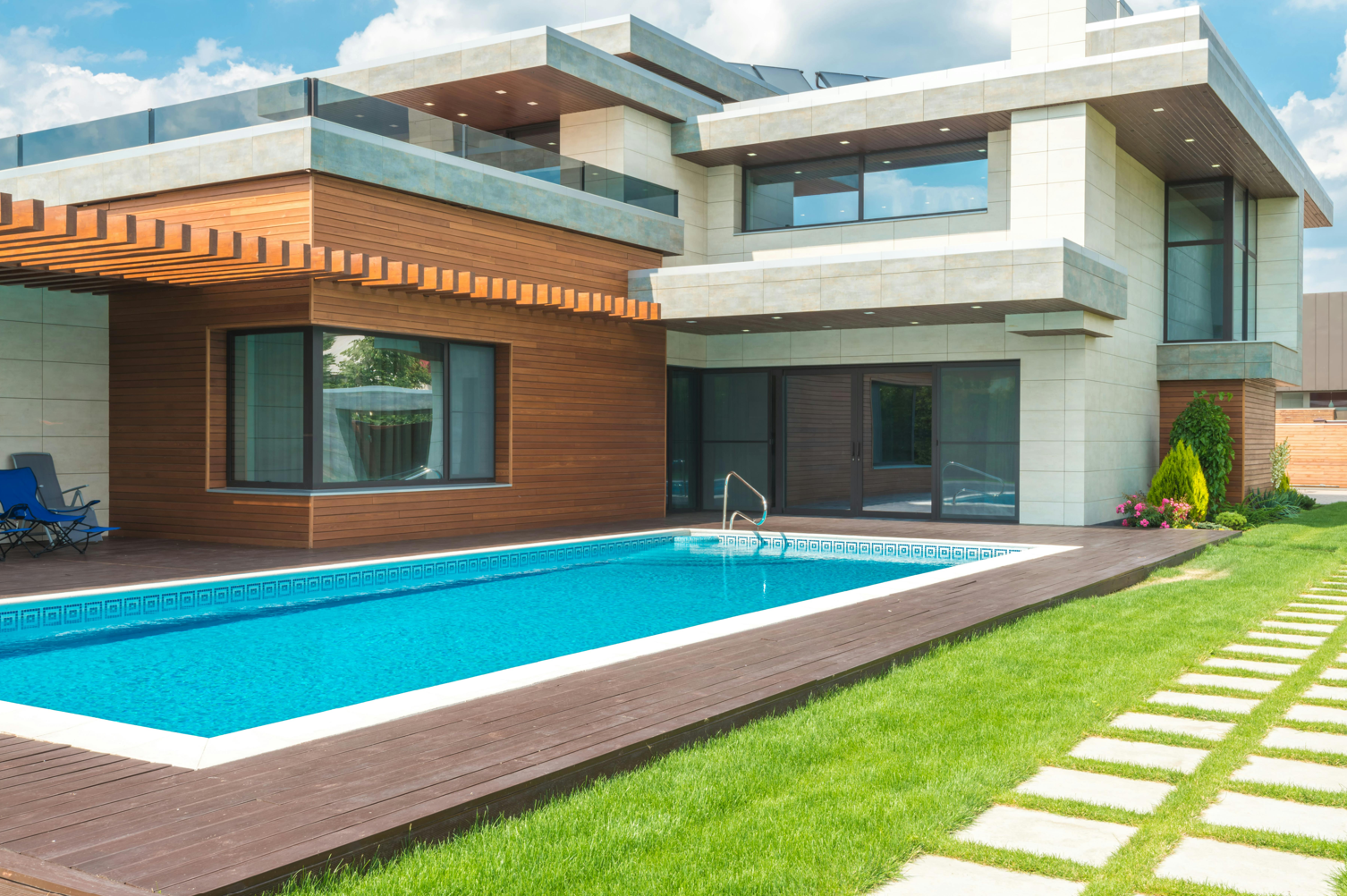The Ultimate Guide to Smart Lighting System
The Ultimate Guide to Smart Lighting System in the age of rapid technological advancements, transforming your living space into a modern sanctuary is no longer a far-off dream. One of the most exciting innovations leading the way is the smart lighting system. This technology allows you to control and customize the lighting in your home or office through mobile apps, voice commands, and even motion sensors. Imagine being able to change the ambiance of your room with a simple voice command or setting the perfect lighting to suit your mood at any time of the day. Intrigued? Let’s dive into the world of smart lighting systems and explore how they can revolutionize your environment.
What is a Smart Lighting System?
At its core, a smart lighting system allows you to control your lights remotely, providing you with unparalleled convenience, energy efficiency, and customization. Whether you want to brighten up a room, dim the lights for a cozy movie night, or change the color of your lights to match the season, a smart lighting system makes it all possible with just a tap of your phone or a voice command.
These systems integrate with home automation platforms such as Google Home, Amazon Alexa, or Apple HomeKit. As a result, you gain the ability to adjust your lights according to your lifestyle needs. With features like scheduling, energy-saving modes, and adaptive lighting based on natural light, smart lighting systems are designed to not only enhance your comfort but also contribute to a sustainable and energy-efficient home.

The Benefits of Installing a Smart Lighting System
A smart lighting system brings numerous benefits that can elevate your living space in both practical and aesthetic ways. Let’s take a closer look at some of the key advantages.
1. Convenience at Your Fingertips
Gone are the days when you had to get up from your comfy chair to flip a light switch. With a smart lighting system, you can control your lights remotely via an app or use voice commands through a smart assistant. Imagine arriving home after a long day and being able to turn on the lights before you even step inside. The ultimate convenience, right?
2. Energy Efficiency
A smart lighting system isn’t just about convenience; it’s also about saving energy. With features like motion sensors, you can set your lights to turn off when no one is in the room. Additionally, you can schedule your lights to turn on and off at specific times, ensuring that you never waste electricity. Many systems also allow you to adjust the brightness to your desired level, further enhancing energy savings.
3. Enhanced Ambiance Control
Whether you’re hosting a party, enjoying a quiet evening, or simply relaxing after work, the right lighting can set the mood. A smart lighting system lets you fine-tune your home’s ambiance to match the occasion. With color-changing bulbs, you can create an entirely different atmosphere in any room. From soft whites for a cozy dinner to vibrant hues for a lively gathering, the possibilities are endless.
4. Security and Safety Features
A smart lighting system can also improve the security of your home. Many systems come with a feature that allows you to program your lights to mimic your regular behavior when you’re away. This ‘away mode’ makes it appear as though someone is home, deterring potential intruders. Additionally, motion-sensing lights can illuminate dark pathways and entryways, making your home safer.
5. Customization to Match Your Lifestyle
One of the greatest advantages of a smart lighting system is the level of personalization it offers. You can create specific lighting scenarios based on your daily routines. For instance, you can set your bedroom lights to gradually brighten in the morning, gently waking you up without the harshness of an alarm clock. Likewise, you can program your living room lights to dim at a specific time each evening, signaling that it’s time to wind down.
Key Components of a Smart Lighting System
To understand how a smart lighting system works, it’s essential to know the various components involved. These components work together to create a seamless, automated lighting experience.
1. Smart Bulbs
The heart of any smart lighting system is the smart bulb. These bulbs are equipped with wireless technology that allows them to communicate with your smart device, whether it’s your phone, a voice assistant, or another smart home hub. Smart bulbs come in various types, including LED and color-changing bulbs, offering different levels of brightness and a wide range of colors to suit any mood or purpose.
2. Smart Light Switches and Dimmers
While smart bulbs are fantastic, smart light switches and dimmers add another layer of control. With these devices, you can control multiple lights in a room from a single switch or adjust the intensity of your lights to create the perfect ambiance. These switches can be controlled manually or remotely via an app.
3. Hub or Bridge
Some smart lighting systems require a hub or bridge, which acts as a central control unit that connects all your smart bulbs and devices. This hub communicates with your home’s Wi-Fi network, allowing you to control your lighting from anywhere. Popular hubs include Amazon Echo, Google Nest, and Apple HomeKit.
4. Motion Sensors and Smart Sensors
Motion sensors are an essential part of many smart lighting systems. These sensors detect movement and automatically turn the lights on or off when you enter or leave a room. This feature is especially useful in areas like hallways or bathrooms, where you don’t want to leave the lights on unnecessarily.
5. Smart Lighting Apps
Most smart lighting systems come with dedicated apps that allow you to control your lights from your smartphone or tablet. These apps provide access to a variety of features, including dimming, scheduling, and color adjustments. Some apps even allow you to sync your lights with music, movies, or gaming experiences, taking your entertainment to the next level.
How to Set Up a Smart Lighting System in Your Home
Setting up a smart lighting system in your home is easier than you might think. With the right equipment and a few simple steps, you can transform your space into a high-tech haven. Here’s a step-by-step guide to get you started.
Step 1: Choose Your Smart Lighting System
Before you can begin setting up, you need to choose the smart lighting system that best fits your needs. Do you prefer the convenience of voice control, or would you rather manage your lights with an app? Consider whether you want color-changing bulbs or if basic dimming will suffice. Once you’ve decided on your lighting preferences, select a system that integrates well with your existing smart home devices.
Step 2: Install the Bulbs and Switches
Next, it’s time to install your smart lighting system. For smart bulbs, simply screw them into the light fixtures as you would any regular bulb. If you’re installing smart light switches, you may need to replace your existing switches with the new ones, which could involve some wiring. Always ensure that you follow the manufacturer’s instructions and, if necessary, consult a professional for installation.
Step 3: Connect the Hub or Bridge
If your system requires a hub or bridge, connect it to your Wi-Fi network. This hub acts as the intermediary between your lighting devices and your smartphone or voice assistant. Most hubs come with a mobile app that will guide you through the connection process.
Step 4: Set Up Your App
Download the app associated with your smart lighting system and follow the on-screen instructions to sync your lights with the app. Once connected, you can begin controlling your lights with ease. You can also set up schedules, adjust the brightness, and experiment with different color settings.
Step 5: Enjoy Your New Smart Lighting System
Now that everything is set up, it’s time to enjoy the benefits of your smart lighting system. Play around with different lighting modes, create custom scenes for specific activities, and watch as your home becomes more energy-efficient, comfortable, and secure.
Troubleshooting Common Issues with Smart Lighting Systems
Even though smart lighting systems are generally reliable, you may encounter occasional issues. Here are some common problems and their solutions:
1. Connection Issues
If your lights aren’t responding, ensure that your Wi-Fi network is functioning properly. Check if the app is up to date, and confirm that your devices are within range of the hub or router. Restarting your router or resetting the lights may also help.
2. Unresponsive Voice Commands
If your voice assistant is not responding to your commands, make sure it’s properly integrated with your smart lighting system. Check for any software updates for both the voice assistant and the lighting system app.
3. Dimming or Color Problems
If your bulbs are not dimming or changing color as expected, try resetting the bulbs and reconnecting them to the app. It’s also important to ensure that the bulbs you’re using are compatible with the system’s dimming or color-changing features.
A smart lighting system offers an incredible blend of convenience, energy efficiency, and customization that can transform any space. From controlling your lights with voice commands to creating the perfect ambiance for any occasion, smart lighting brings your environment into the future. Whether you’re looking to enhance your home’s aesthetic, save on energy bills, or improve your home’s security, a smart lighting system can deliver on all fronts.
As the technology continues to evolve, the possibilities for how you interact with your home’s lighting will only expand. So why not embrace the future today? With a smart lighting system, the power to control your space is literally at your fingertips.








